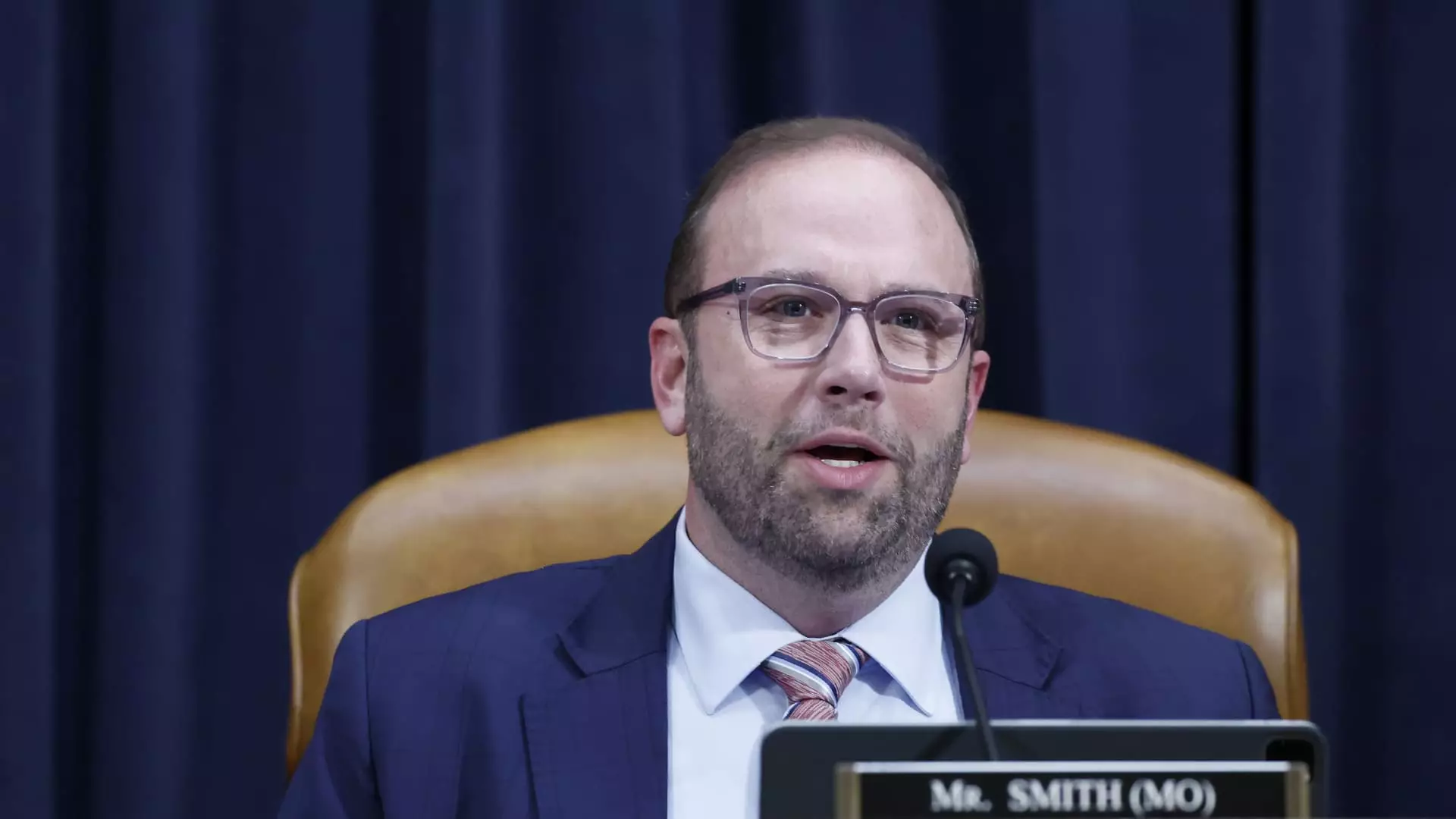As the political landscape shifts and President-elect Donald Trump prepares to take office, a pressing discussion among House Republicans focuses on the impending expiration of key provisions in the Tax Cuts and Jobs Act (TCJA). With potential tax hikes on the horizon for a significant portion of American taxpayers, the urgency for legislative action appears more critical than ever. This article delves into the implications of these expiring provisions, the differing views within Congress, and the broader economic ramifications of tax policy.
The TCJA, passed in 2017, brought about substantial changes to the American tax landscape, including lower tax brackets and enhanced child tax credits. However, without timely intervention, many of these provisions are scheduled to expire by 2025. The Tax Foundation estimates that over 60% of taxpayers may face increased tax burdens if these provisions are not extended. The looming threat of higher taxes has sparked a call for swift legislative action among Republicans, particularly those in leadership positions like House Ways and Means Committee Chairman Jason Smith. Smith emphasized the need for immediate measures to ensure that American families and small businesses do not bear the brunt of potential tax increases.
Despite the Republican majority’s push for the TCJA’s provisions to be made permanent, there exists a palpable divide both within the party and across the aisle. Some lawmakers express concern over the financial implications of fully extending Trump’s tax cuts, primarily in light of the escalating federal budget deficit. The Treasury Department has reported a staggering $710.9 billion deficit within just the first three months of fiscal year 2025—nearly a 40% increase compared to the previous year. Such figures heighten the apprehension among fiscally conservative members, who fear that reckless tax policy could exacerbate the nation’s financial woes.
Conversely, Democrats are vocal about their opposition to extending the TCJA, arguing that the benefits disproportionately favor the affluent, while leaving middle-class families with lingering financial challenges. Richard Neal, the ranking Democratic member of the House Ways and Means Committee, pointedly remarked that the tax cuts have primarily benefited the wealthiest Americans. This raises fundamental questions about equity in tax policy and the role of government in providing relief to those who need it the most.
An analysis of the potential cost of extending the TCJA’s expiring provisions reveals staggering figures. Reports suggest that fully extending these tax cuts could cost the government approximately $4.2 trillion over the next decade. These figures draw attention to the critical need for a balanced approach to tax reform, one that considers both economic relief for families and the long-term health of the federal budget.
For the average American family, the proposed extensions could translate to an annual saving of about $2,000, a notable sum in household economics. However, when juxtaposed against the significant savings anticipated for the top earners—an average tax relief of roughly $314,000 for the top 0.1%—the disparities in benefits highlight an ongoing debate about fairness in tax legislation. The fact that the wealthiest would receive a more substantial percentage reduction than average families raises eyebrows and calls for further scrutiny of the equity embedded in the TCJA.
As Congress grapples with the intricacies of tax reform, the urgency to act cannot be overstated. The implications of these legislative decisions are significant for the livelihoods of many Americans. Stakeholders in both parties must engage in open dialogue to devise a tax policy that prioritizes economic fairness while responsibly managing the nation’s budget. Whether or not the TCJA provisions are ultimately extended, the discussion surrounding tax reform is a vital aspect of ensuring financial stability and equitable economic growth.
As the deadline approaches and the political atmosphere intensifies, the ability of lawmakers to come together for a comprehensive solution will be pivotal. The stakes are high, and the choices made in the coming weeks will have lasting effects on American families, small businesses, and the long-term fiscal health of the nation.

